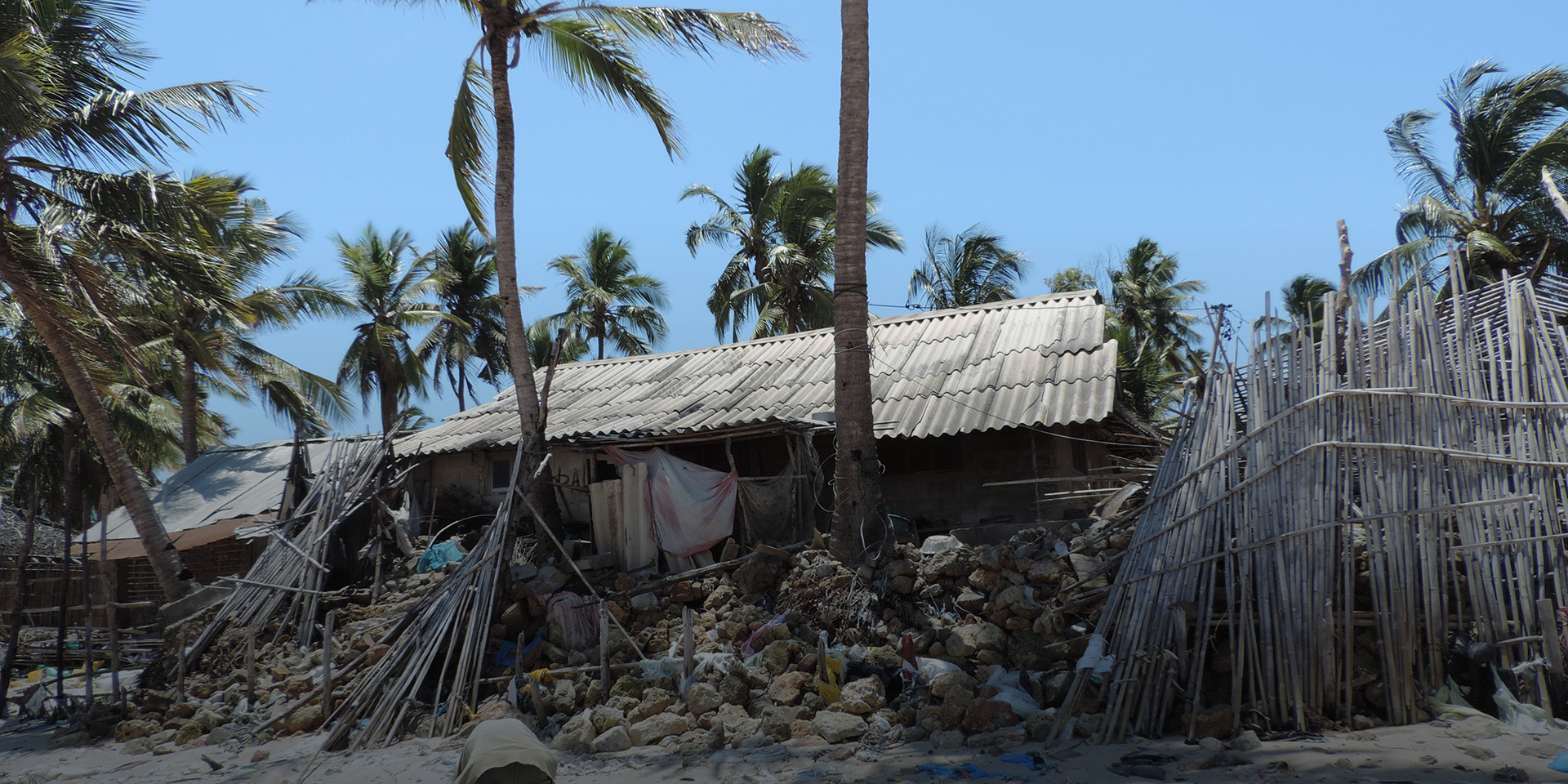
The Road to Resilience: Lessons in Climate Change Adaptation from Two Mozambican Cities
June 8, 2015 | 3 Minute ReadLee Gerston, the manager of the USAID Coastal City Adaptation Project, is in Bonn, Germany this week for the ICLEI Resilient Cities conference. You can follow the action at ICLEI on Twitter at @ICLEI_ResCities using hashtag #resilientcities.
As we approach summer here in the United States, many families have already started planning that dream get-away vacation to the beach. A trip to the beach melts away our worries as quickly as waves crash on the shore. For many people around the world though, these same waves both provide and threaten livelihoods.
More than a billion people around the world make their homes in low-lying coastal areas, and with good reason: rivers and lakes provide clean water for cooking, bathing, agriculture, and drinking, while oceans contain a relatively stable source of sea life for consumption and sale. However, just as these water sources provide life, they also inflict damage. Rivers rise above their banks and destroy bridges that connect villages to market cities. Storm surges and cyclones put coastal buildings and farms at risk of flooding. Meanwhile, the effects of climate change will likely increase the frequency and severity of floods, cyclones, and storm surges.
This is reality for about 60 percent of the population of Mozambique. For five months every year, cyclones and tropical storms from the Indian Ocean batter the coast. Meanwhile, rivers flood from both local weather patterns as well as heavy rains and watershed destruction in neighboring countries. This flooding creates a range of secondary effects such as erosion, famine, and water-borne diseases, and destruction of farmland. From destroying infrastructure to increasing food insecurity, climate change touches every aspect of daily life in Mozambique.
Recognizing the significant role of climate change on Mozambicans’ livelihoods, mayors and citizens from the cities of Pemba and Quelimane – with the assistance of the USAID Coastal City Adaptation Project (CCAP) – have sprung into action to put their cities on the road to resilience.
It takes a village…
The age-old saying goes “It takes a village to raise a child.” The same saying applies to increasing resilience to climate change. Building resilience requires much more than a political leader putting together a plan – it requires a comprehensive understanding of the local context, the will and commitment of political leadership, and the buy-in and participation of community members.
With limited resources, both Pemba and Quelimane have adopted stepwise and participatory approaches to build their capacity to respond effectively to natural disasters in the short-term and to climate change in the medium and long-term. By working closely with the communities, the municipal governments can demonstrate results close to where they all live. With the active input of community members and the assistance of CCAP, municipal governments will focus on the development of climate-resilient housing, improved approaches to water and sanitation, and rebuilding green infrastructure to protect the most vulnerable areas.
The government-community symbiotic relationship has already proved beneficial in Quelimane. Following a green infrastructure assessment last year, the government and community members committed to restoring mangrove forests, which protect communities from tides and storm surges, mitigate erosion, and enhance economic opportunities. With the help of a local university and civil society organizations, three neighborhoods established mangrove seedling nurseries. Meanwhile, the municipal government recently provided the legal protection of the areas for restoration. Together, the government and community will restore about 20 hectares in a strategic area to enhance the resilience of the neighborhoods of Icídua and Mirazane in Quelimane.
Scaling solutions nationally, and beyond
CCAP operates under the premise that local context matters when it comes to climate change adaptation and disaster risk reduction. Take green infrastructure: while mangrove restoration can help protect citizens in Quelimane, dune restoration is a more viable option for Pemba. A context-specific solution such as mangrove restoration may not apply in Pemba or Phnom Penh or Port-au-Prince, but other interventions certainly apply at a larger scale. For example, CCAP helped create a SMS-based early warning and data collection system for emergency response in Pemba and Quelimane. However, recognizing that the expansion of the system beyond these two cities would greatly enhance Mozambique’s capacity to respond to severe emergencies, CCAP is working with Mozambique’s National Institute for Disaster Management (INGC, using Portuguese initials) to take the system to a national scale. Natural disasters, after all, know no boundaries and can strike anywhere.
And while solutions vary from city to city, the process for building resilience is replicable. To share its approach on adaptation planning and disaster response, government representatives from Pemba and Quelimane, along with members of INGC, are presenting a reality-check workshop at this year’s ICLEI conference: Resilient Cities – The Annual Global Forum on Urban Resilience and Adaptation. The conference, which takes place this week in Bonn, Germany, “connects local government leaders and climate change adaptation experts to discuss adaptation challenges facing urban environments around the globe and forging partnerships that could have lasting impacts for cities.” This conference not only allows for Mozambicans to share their experience with colleagues from around the world, but allows for Mozambican leadership to take best practices from around the world back to Mozambique, making their cities all the more resilient to the effects of climate change.





















